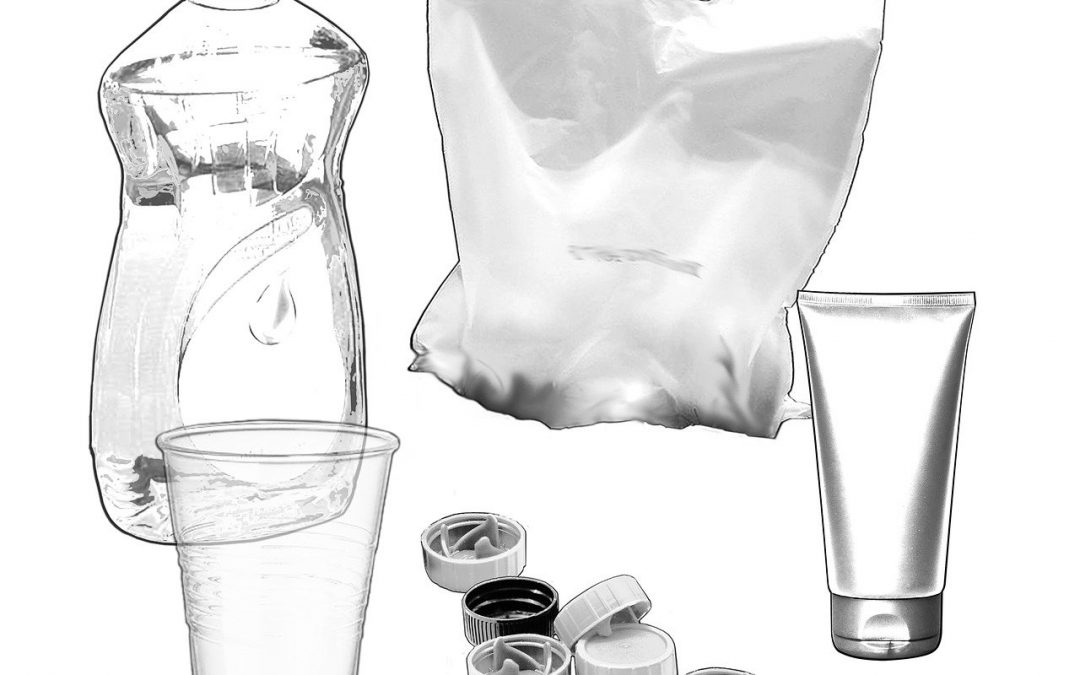In a bold move towards achieving its goal of zero plastic waste by 2030, the Government of Canada has unveiled a comprehensive plan – the Federal Plastics Registry. This initiative represents a crucial step in addressing plastic pollution across the entire lifecycle of plastics, emphasizing a circular economy approach.
What is it?
The Federal Plastics Registry is a pioneering effort by the Canadian government to collect detailed information from producers about the quantity and types of plastics they introduce in the Canadian market. This registry focuses on tracking how plastic moves through the economy and, critically, how it is managed at its end-of-life. By establishing a centralized database, the government aims to gather evidence-based insights to inform and measure actions to prevent plastic pollution.
Who does it apply to?
This initiative applies to the obligated Producers, defined as:
- a brand owner or intellectual property (IP) holder that resides in a province or territory.
- if the brand owner is not a resident of a province or territory, then the first person to manufacture/ import and/or distribute a product in a province is defined as the obligated producer.
- if there is no resident importer or distributor, then an obligated producer is the retailer that places plastic products on the market in a province or territory.
The phased implementation approach recognizes different sectors, including packaging, electronic and electrical equipment, agriculture, white goods, textiles, automotive, and construction, each adhering to specific reporting timelines.
These entities will be mandated to report annually to the Canadian Council of Ministers of the Environment, providing comprehensive data on the quantity and types of plastic they place on the Canadian market, how it moves through the economy, and, most importantly, how it is managed at its end-of-life.
Impact on Small Businesses:
Many provincial and territorial EPR policies offer small businesses exemptions based on criteria such as gross annual revenue, tonnage placed on the market, or other qualifying factors like the number of retail storefronts.
Small businesses that are exempted under provincial and territorial EPR policies would be subject to special rules that would minimize the government’s administrative burden and take into account the following:
- Small businesses cannot rely on Producer Responsibility Organizations (PROs), as they do not participate in provincial and territorial EPR programs.
- Utilizing data from EPR programs to cover downstream outcomes for small businesses, acknowledging their limited control over supply chains and product material composition.
To streamline data collection and improve accuracy, the Federal Plastic Registry will require exempted businesses to report only on plastics placed on the market. This approach ensures that essential data is captured, contributing to a more comprehensive nationwide understanding of EPR program outcomes.
Reportable administrative information:
The following information would be required from producers in the registry when they register on the new reporting platform:
- the producer’s (organization) name and address
- the producer’s federal Business Number as assigned by the Canada Revenue Agency (GST# for non for profits)
- the name, position, email address and telephone number of an authorized representative
- the primary 6-digit NAICS Canada code of the producer and tertiary codes, if applicable
- the provinces and territories in which the producer places plastic products on the market
- the provincial and territorial EPR programs that the producer is subject to, and
- the PROs that a producer engages and the provinces and territories in which those PROs operate on behalf of the producer
PROs would be expected to provide similar information, including their address, names of authorized representatives and a list of producers they represent.
The records of the reporting activities must be kept at the principal place of business in Canada or at any other place in Canada where they can be inspected for at least 3 years after the date on which they were made.
Data points to be reported:
The government provides guidance to assist with reporting and calculating data points. The data points (in tonnes per calendar year) to be reported are categorized as follows:
The upstream data point represents the total amount of plastics placed on the Canadian market in a given category.
Downstream data points (actual weight-based data):
- Plastics collected for diversion: Total amount of plastic collected and recycled by an extended producer responsibility (EPR) program, sent to a sorting facility for diversion.
- Plastics successfully reused: Total amount of plastic collected for reuse, sold on secondary markets without extensive repair, remanufacture or refurbishment.
- Plastics successfully repaired, remanufactured or refurbished: The total amount of plastic collected for diversion is either sold to secondary markets or returned to the original equipment manufacturer for repair, remanufacturing or refurbishment.
- Plastics successfully recycled: The total amount of plastic collected for diversion and treated by conventional mechanical activities, chemical or thermal processes.
- Plastics incinerated for energy recovery: Total amount of plastic collected for diversion and recovered for energy recovery, such as engineered fuel or mass burn.
- Plastics imported, exported: Total amount of plastic waste imported or exported for recycling or final disposal.
- Plastics sent to landfill: Total amount of plastic waste sent to final disposal.
Additional information required for each data point:
- province or territory in which plastic products were placed on the market/collected for diversion
- resin type in plastic products
- category of plastic products
- sub-category of plastic products
- whether plastics belong to residential or industrial, commercial and institutional (ICI) streams
Timeline to note:
The phased implementation approach outlines a timeline for different sectors (in 4 phases) to comply with reporting requirements. Packaging and electronics are the only sectors that report their upstream data point in Phase 1. The collection of upstream and downstream data points will follow in later phases, aligning with the government’s recognition that some sectors may require additional time to comply. The Phase 1 reporting will begin on June 1, 2025, followed by each phase in the subsequent years.
Industrial, commercial and institutional sources of plastic waste:
Additionally, the registry requires reporting on ICI (industrial, commercial and institutional) sources of plastic waste for all product categories to fill key data gaps, acknowledging the significant role of ICI sources in plastic waste generation. Producers must indicate all StatCan resin types used in plastic products they place on the market, providing a comprehensive view of the raw materials involved. Recognizing the complexity of tracking downstream data, particularly in later phases, the government proposes to seek data from various sources, including municipalities, waste management companies, and other service providers involved in value recovery. This collaborative approach aims to enhance the accuracy and completeness of the data collected.
Next Steps:
Section 46 of CEPA provides the Minister with the authority to gather the best information available for creating an inventory of data and enabling decision-making that contributes to protecting the environment and human health. The publication of a draft Section 46 notice would be followed by a public comment period, during which the government would consult partners, stakeholders and the public on the draft text. A final notice is targeted for before the end of 2024. Guidance would also be developed for those reporting to the Federal Plastics Registry to facilitate compliance.


Recent Comments